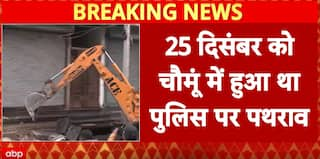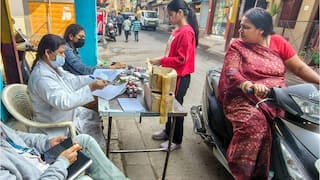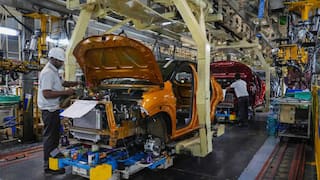India To Be Third Country To Have Public Transport Ropeway. Here's A Look At Other Nations Where It Operates
The ropeway system will cover a distance of 3.75 km with five stations, helping ease the travel for tourists, pilgrims and residents of Varanasi.

New Delhi: Prime Minister Narendra Modi will lay the foundation stone of a passenger ropeway during a visit to his Lok Sabha constituency Varanasi on Friday. The ropeway, to be built at a cost of Rs 645 crore, will be India’s first and the world’s third public transport ropeway. It will run from Varanasi Cantt station to Godowlia.
According to Anurag Tripathi, project director, National Highways Logistics Pvt Ltd, India will be the third country in the world after Bolivia and Mexico City to have a public transport ropeway.
The ropeway system will cover a distance of 3.75 km with five stations, helping ease the travel for tourists, pilgrims and residents of Varanasi.
As India is set to become the third country in the world to have a passenger ropeway, here’s how it is operating in Mexico and Bolivia.
Mexico
Mexico City launched the public ropeway in a bid to serve the outskirts of the city of nine million.
Launched in 2021, cable cars are seen as a cheaper and quicker option to bring public transport to the economically weaker communities located high up hillsides.
Since the ropeways are airborne, the car lines don’t have as many difficulties with Latin America’s difficult issues of chaotic development, bad traffic and lack of rights-of-way.
Highlighting the necessity of having a public ropeway, Guillermo Calderon, director of the electrical transportation system Mexico City, had said, "There are nearly a million inhabitants living in the area around the Cablebus, and they make their trips in small vans that descend through narrow streets, and that may take, from the highest point ... as long as 55 minutes or an hour."
Bolivia
Mi Teleferico, which literally translates to ‘my cable car’, was launched in Bolivia in 2014.
Located almost 12,000 feet above sea level in Bolivian city of La Paz, the public ropeway soars above city streets and buildings to transport thousands of people to and from their homes and offices.
“Every day more than 230,000 people are … transported through this cable transportation system,” CNBC quoted Cesar Dockweiler, the CEO of Mi Teleferico, as saying.
“We have managed to transport more than 150 million people in less than four years,” he said, adding, “It is a transport system that has really transformed people’s lives.”
Besides the fact that a cable car’s route is both picturesque and uninterrupted, there are other benefits to it.
According to Bartlett Development Planning Unit, speed and low cost of construction, along with low levels of particulate emissions are other advantages of aerial cable cars.
“The system is friendly to the environment because it does not use fossil fuels,” Miguel Arenas, Mi Teleferico’s maintenance manager, said, adding, “It uses electric power for its main drive, so this source is cleaner and doesn’t emit any kind of fossil pollutant or carbon dioxide.”
Related Video
Indore Water Crisis: Madhya Pradesh Govt Faces Probe Over Indore Water Deaths





































